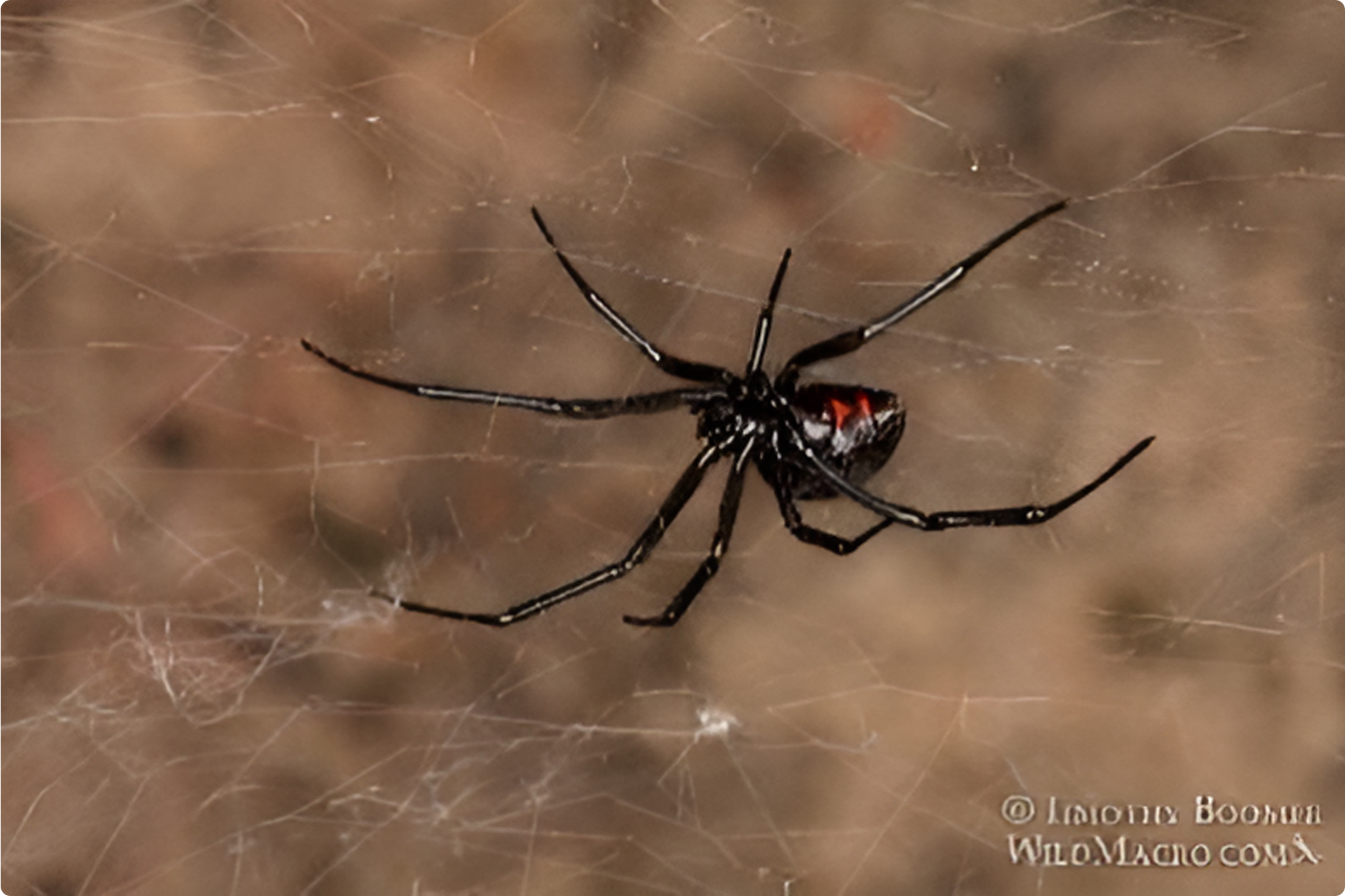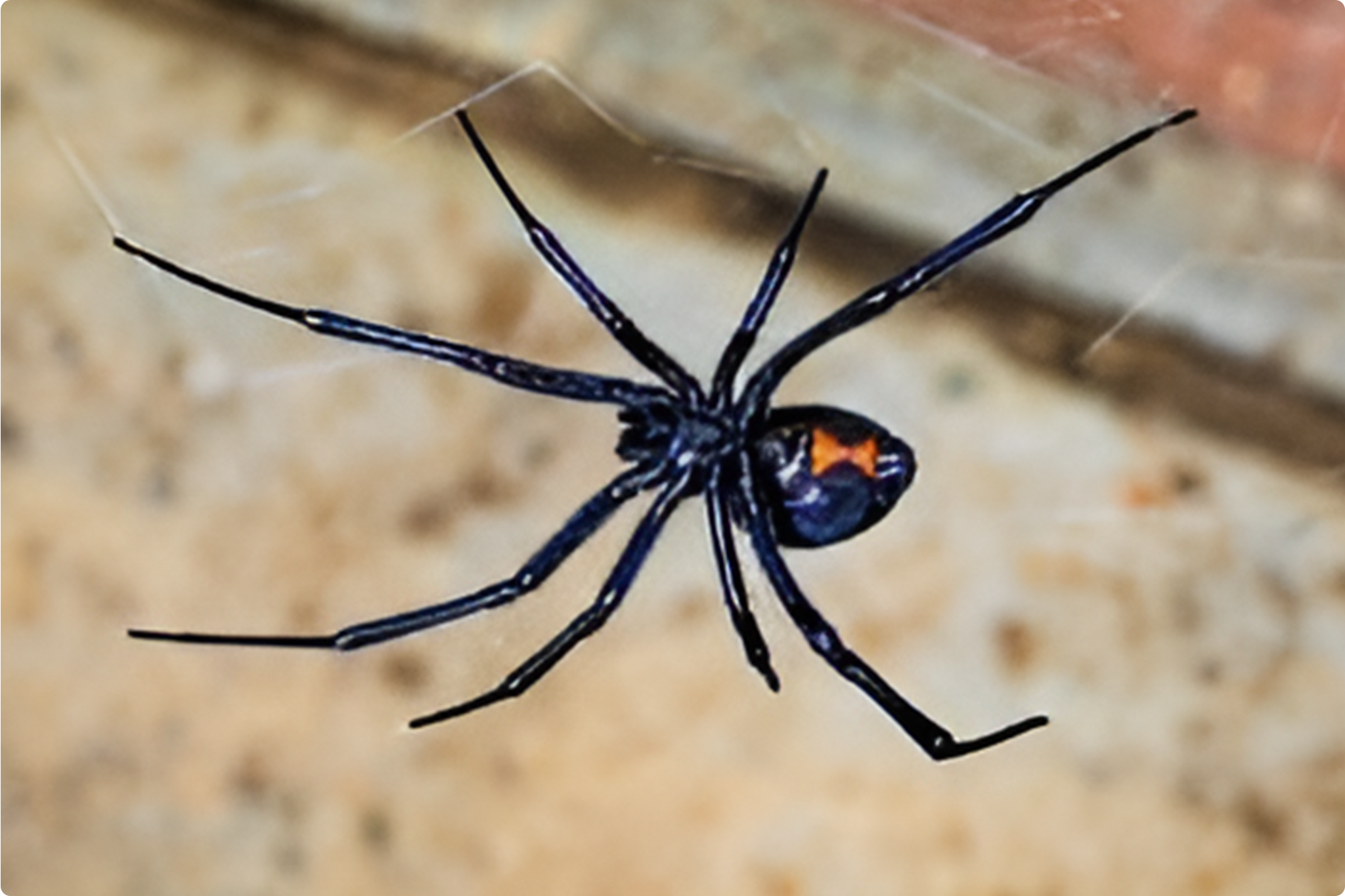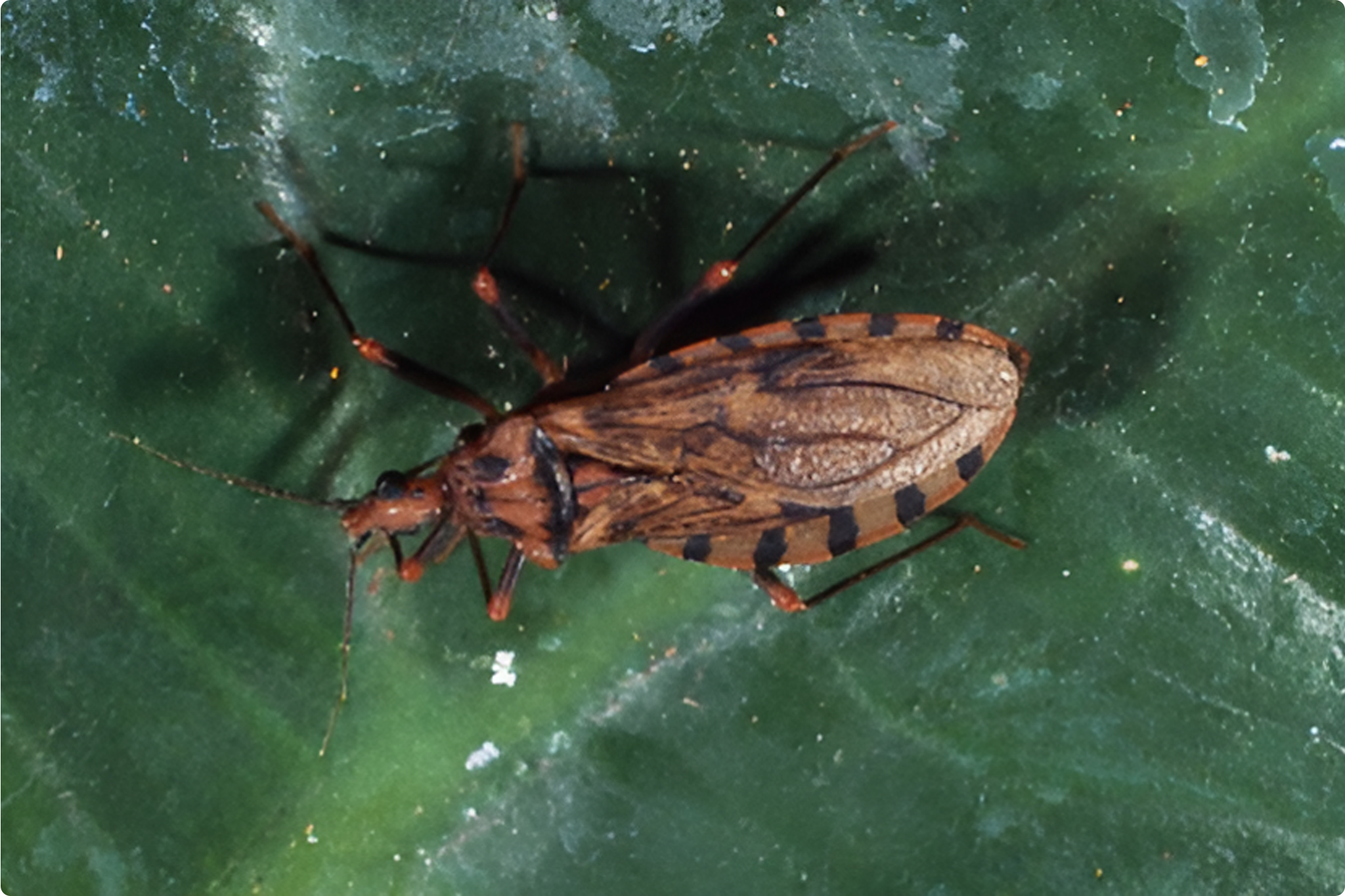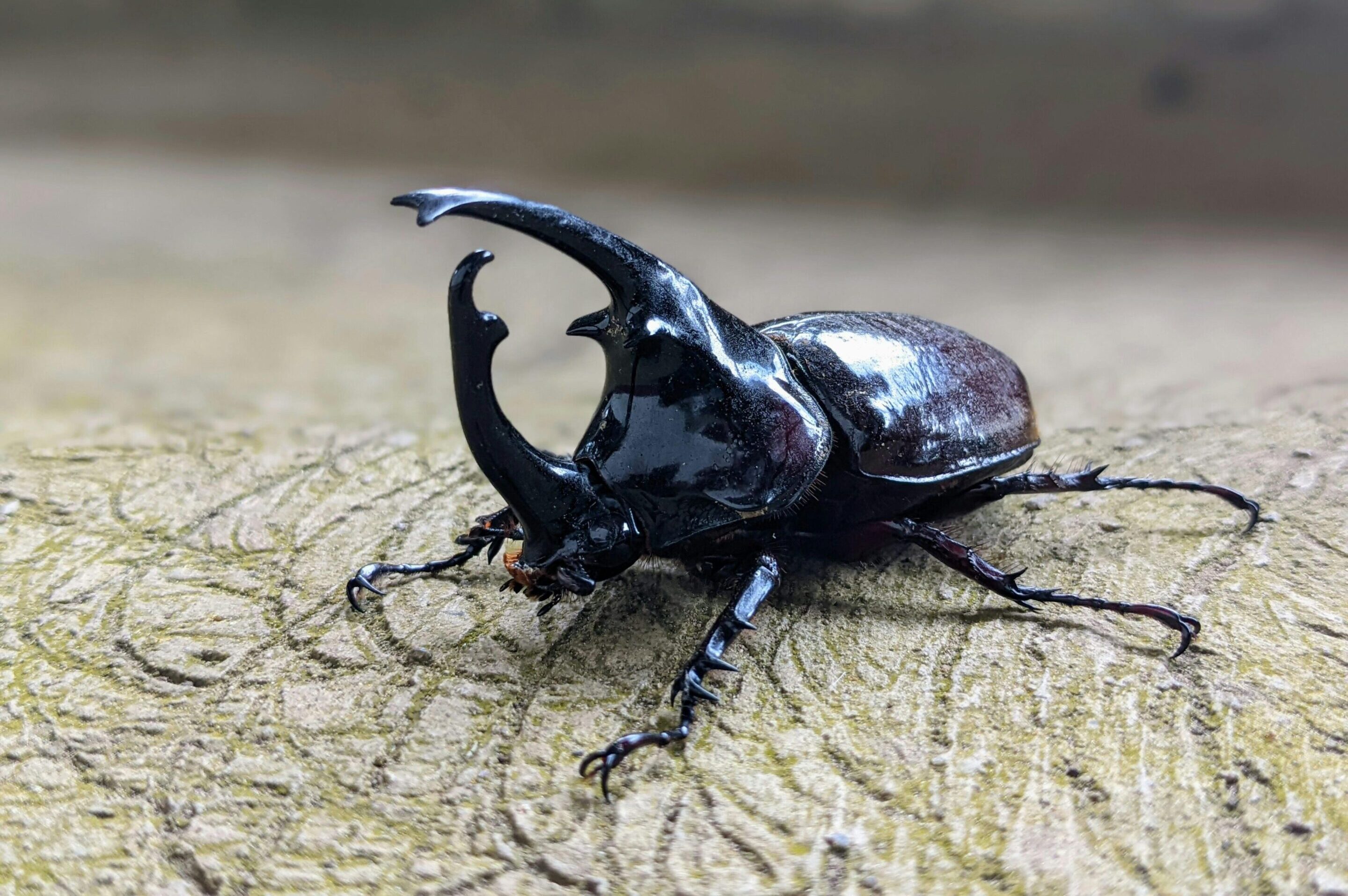Mediterranean Recluse
Loxosceles rufescens, the Mediterranean recluse, thrives in damp areas like basements and caves, preying on cockroaches and silverfish. These spiders hide in dark spaces such as closets and storage areas. About the size of a quarter (7-7.5mm), they have a violin-shaped abdomen and range from light tan to dark brown. Their venomous bite can cause sores, swelling, and nausea, though not usually life-threatening. Prevent them by keeping storage areas clean and sealing gaps in walls, windows, and doors.
Western Black Widow
Latrodectus hesperus, the western black widow, is known for its red hourglass marking. Females (7-15mm) are much larger than males. Found in warm climates, including Hawaii, they hide in woodpiles, burrows, and furniture. Their venomous bite can cause itching, breathing issues, and restlessness. Though rarely fatal, they should be avoided. Western black widows differ from southern black widows by their incomplete hourglass shape.
Southern Black Widow
Latrodectus mactans, the southern black widow, has a shiny black body with a prominent red hourglass marking. Females grow up to 13mm, while males reach 4-6mm. They defend their egg sacs aggressively, making them hazardous to approach. They are distinguishable from northern black widows, which have two red spots, and brown widows, which have orange-red markings and banded legs.
Brown Widow
Latrodectus geometricus, the brown widow, is less dangerous than black widows but still venomous. Females have an orange hourglass marking, tan and black legs, and irregular webs. They measure 1-1.5 inches, while males are smaller. Bites can cause swelling and sores. They are often found in containers, vehicles, and entryways. Their unique egg sacs resemble spiked harbor mines.
Bold Jumping Spider
Phidippus audax, or the bold jumping spider, has a black body with a white triangle on its abdomen. Ranging from 13-20mm, they use excellent eyesight to hunt instead of webs. Their venom, though not severe, can cause redness and nausea. They thrive in Hawaii’s grasslands and often infiltrate homes. They leap onto prey and use venom defensively.
Kissing Bug
The kissing bug carries the Trypanosoma cruzi parasite, which causes Chagas disease. Infection occurs if the bug defecates near a bite wound or mucous membrane. Chagas disease can lead to chronic heart and digestive issues and, in rare cases, be fatal.
Mosquitoes
Hawaiian mosquitoes transmit Zika, dengue, and Chikungunya viruses, which can cause severe illness and complications for pregnant women. Avian malaria threatens native forest birds like the ‘akeke‘e and ‘akikiki, pushing some species toward extinction.
Coconut Rhinoceros Beetle
This beetle attacks palm trees at the frond junction, burrowing through to consume young fronds. Affected fronds display triangular cuts and may break off. The damage weakens palms and can lead to significant loss in coconut and palm populations.
Wasp
If you find a wasp nest, do not remove it yourself. Contact pest control for safe removal. The German yellowjacket (Vespula germanica) is an aggressive species that stings repeatedly and marks aggressors. It has become dominant in the eastern U.S. since 1975.
False Blister Beetle
These beetles from the Oedemeridae family secrete a chemical that causes blisters upon contact with skin. Though their irritation is usually mild, avoiding direct contact is recommended. They are often mistaken for true blister beetles due to their similar shape.
Scorpions
The Lesser Brown Scorpions in Hawaii, though not native, can cause pain and swelling similar to a wasp or bee sting. Their venom is not highly potent, but still enough to cause significant discomfort for those unlucky enough to be stung.
Centipedes
Centipedes are elongated, segmented arthropods with one pair of legs per body segment. While their bite can be very painful and cause swelling, chills, and fever, it’s rarely fatal. Larger centipedes can trigger severe allergic reactions, including anaphylaxis in sensitive individuals.
Fleas
Fleas, commonly found on rodents and cats, can transmit typhus when they bite. Symptoms include fever, headache, and a rash, which may spread to the arms and legs. If untreated, the disease can last several months, but antibiotics are effective when given promptly.
Rodents
Rodents in Hawaii are carriers of multiple diseases, such as leptospirosis, murine typhus, and salmonellosis, and can also spread rat lungworm disease. These diseases can severely impact both human health and animal populations.
Angiostrongyliasis
Angiostrongyliasis, also known as rat lungworm disease, is caused by a roundworm parasite. Humans can contract the disease by consuming contaminated intermediate hosts, leading to eosinophilic meningitis, a rare and serious condition.
Two Lines Spittal Bug
A severe TLSB infestation can devastate grasslands and destroy pastures. Their sting, though small in size, is incredibly painful and may cause allergic reactions such as anaphylaxis in sensitive individuals.
















